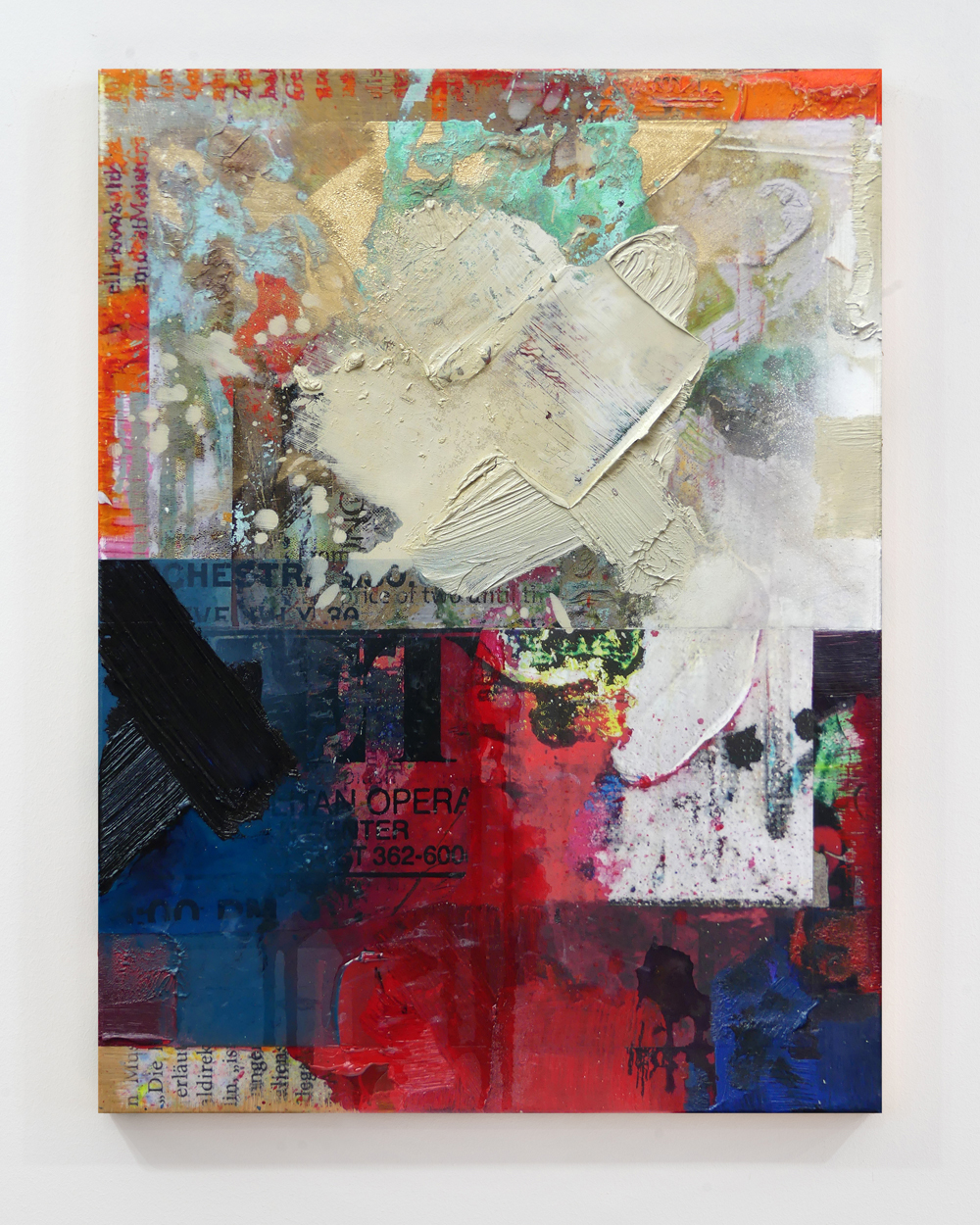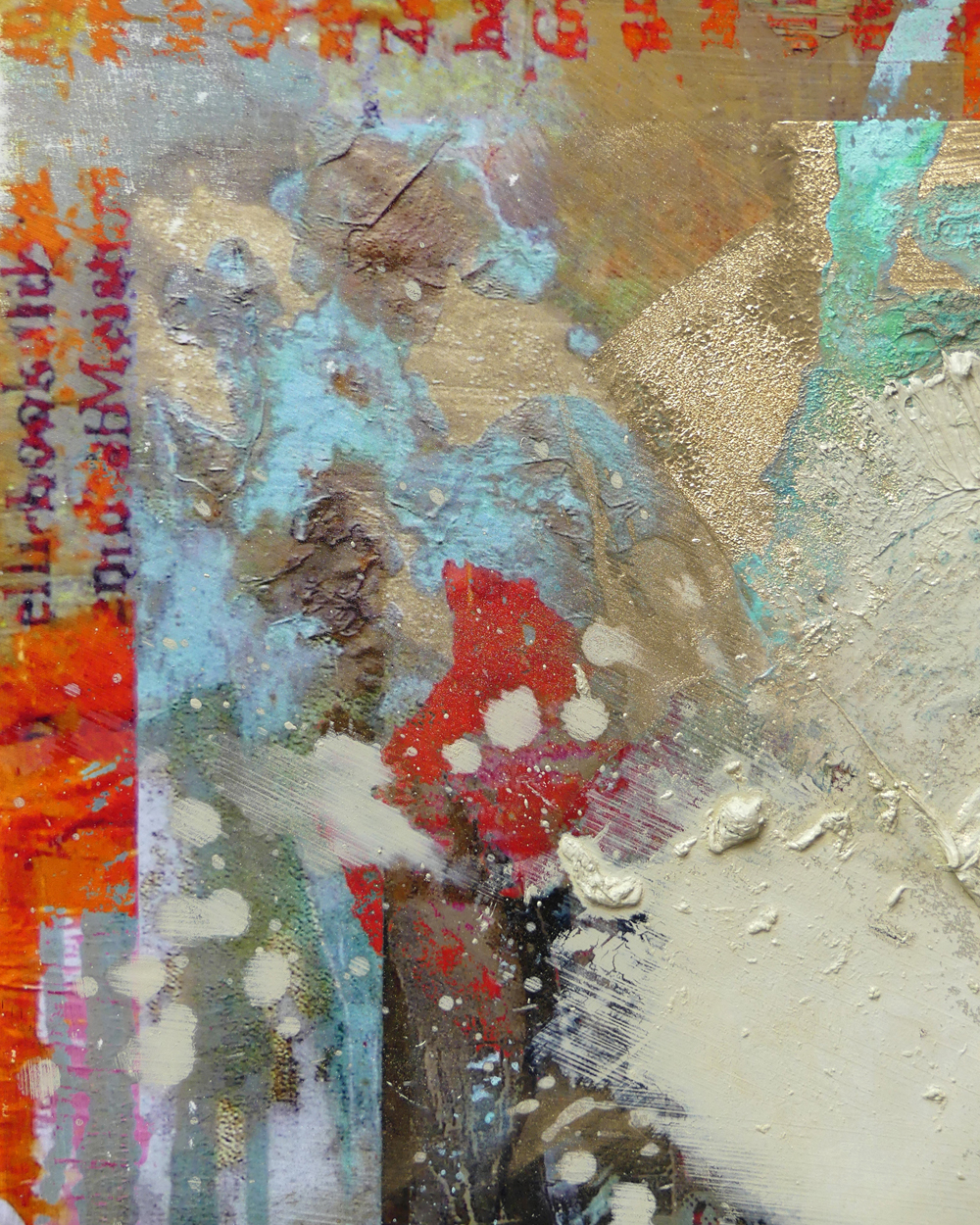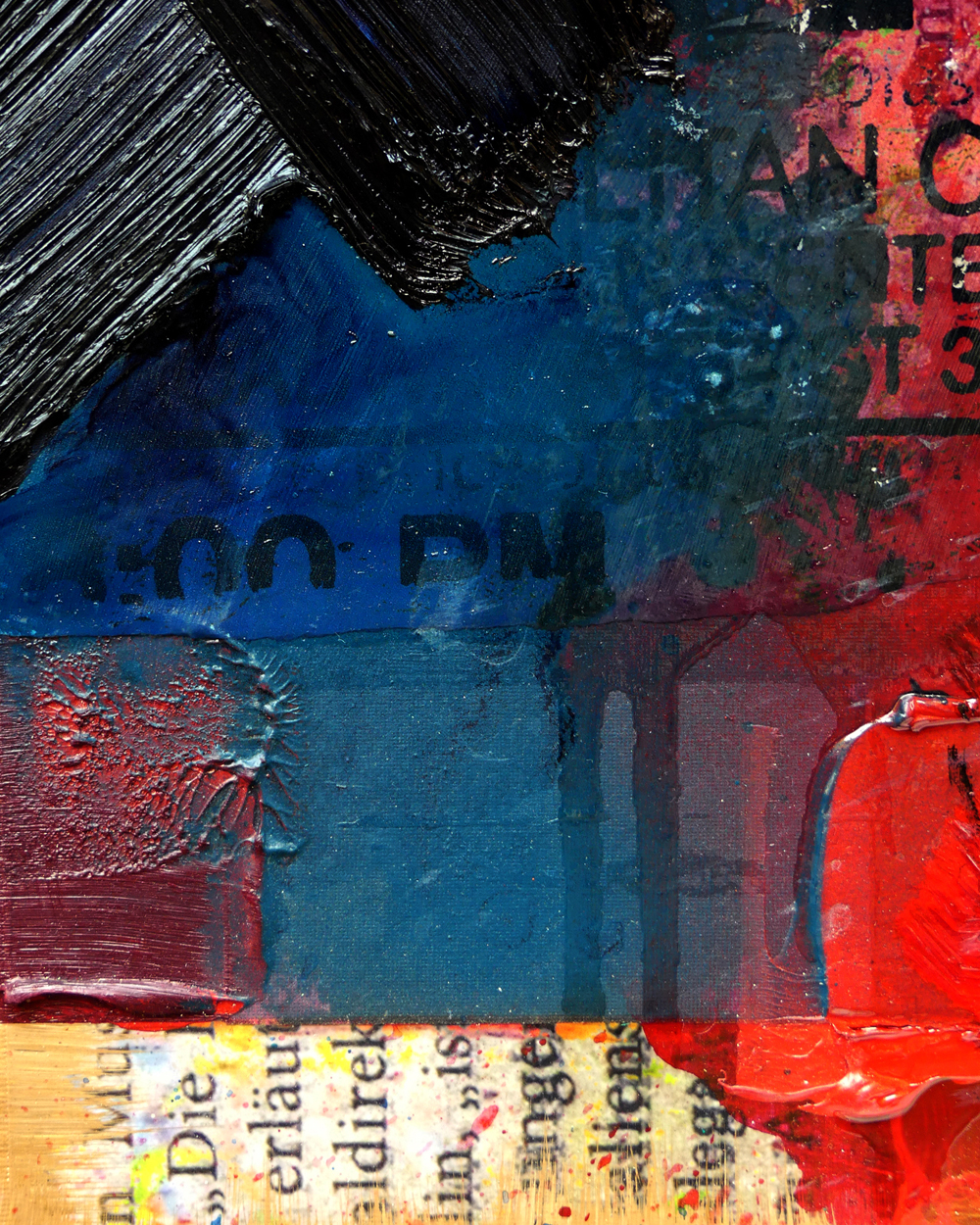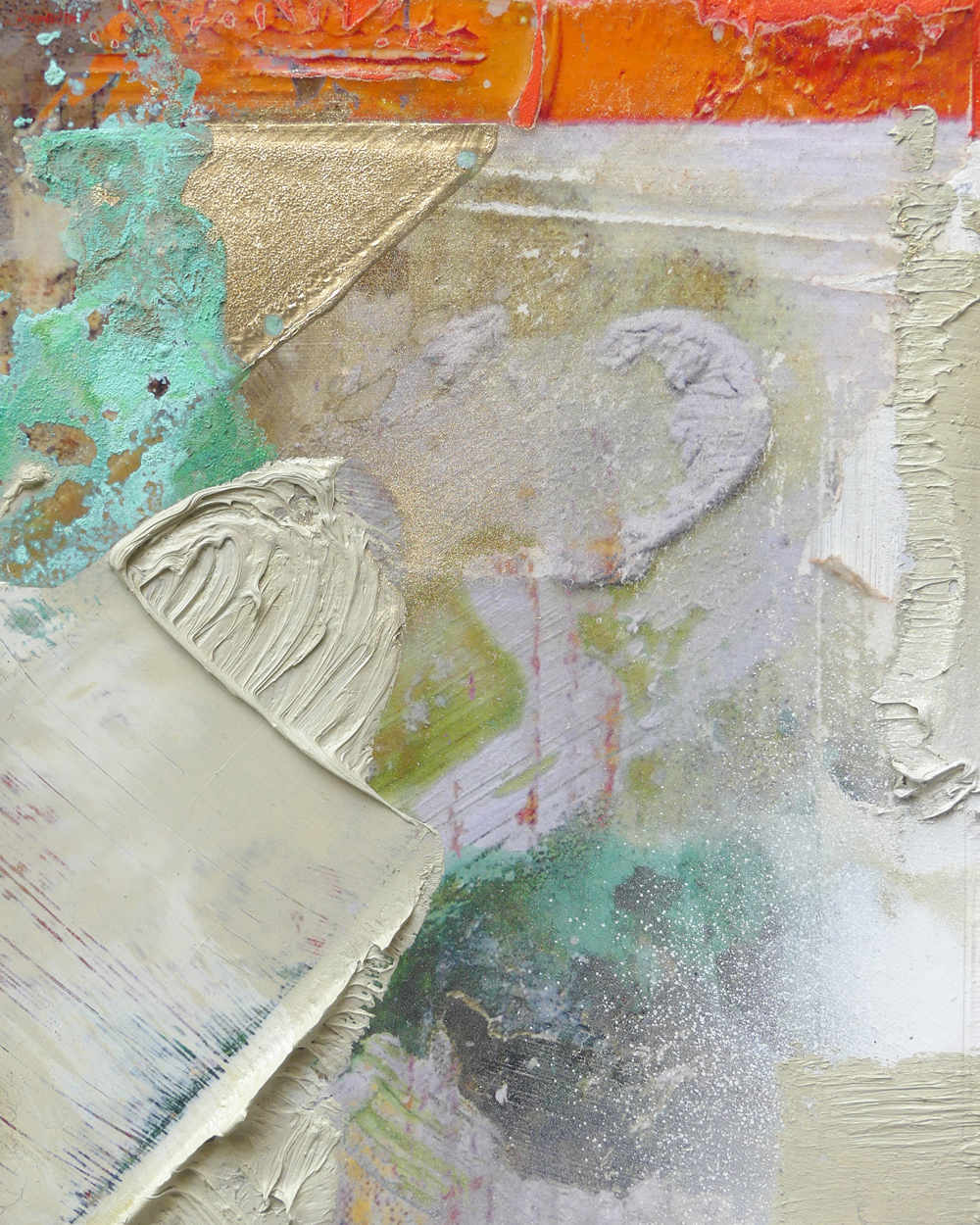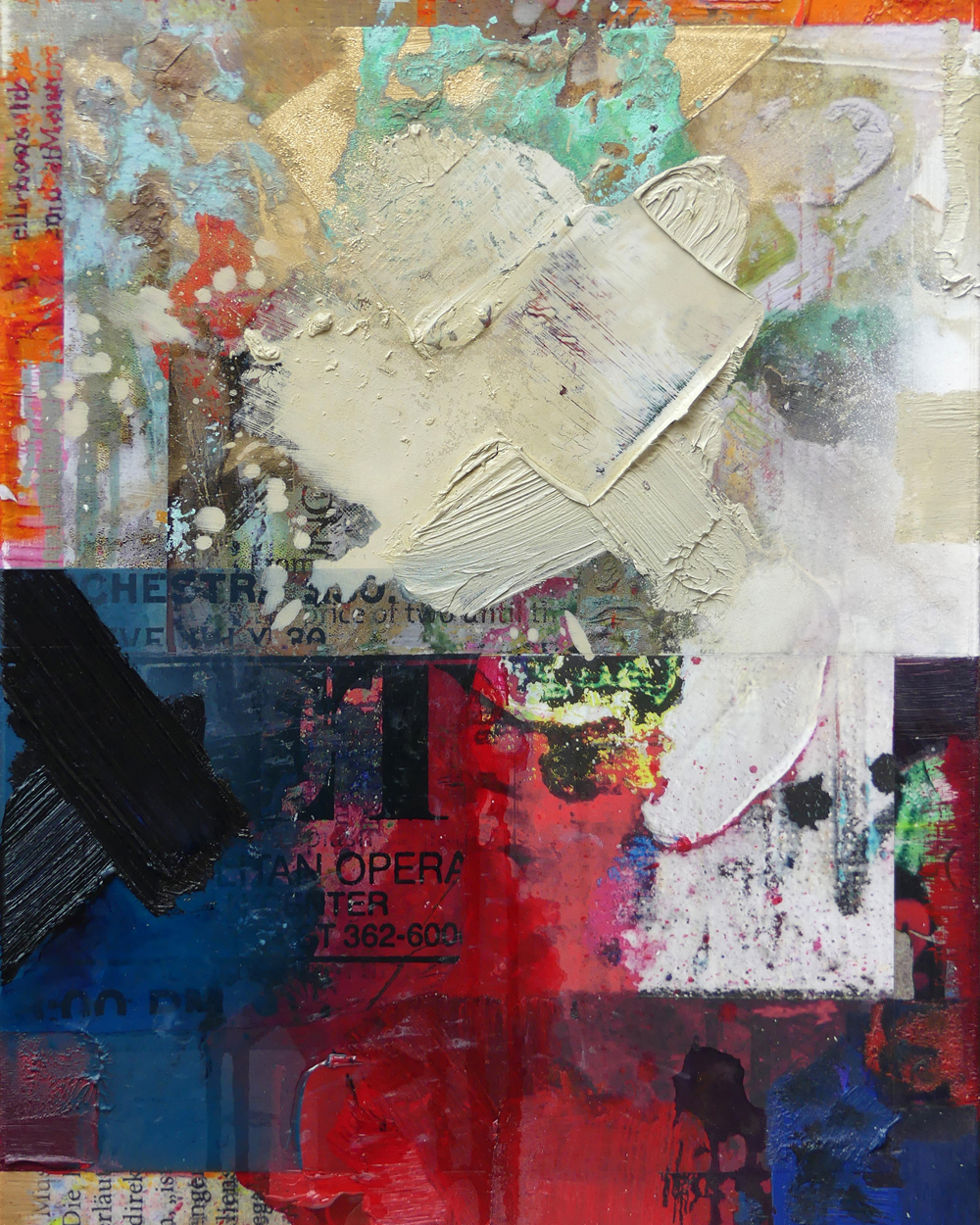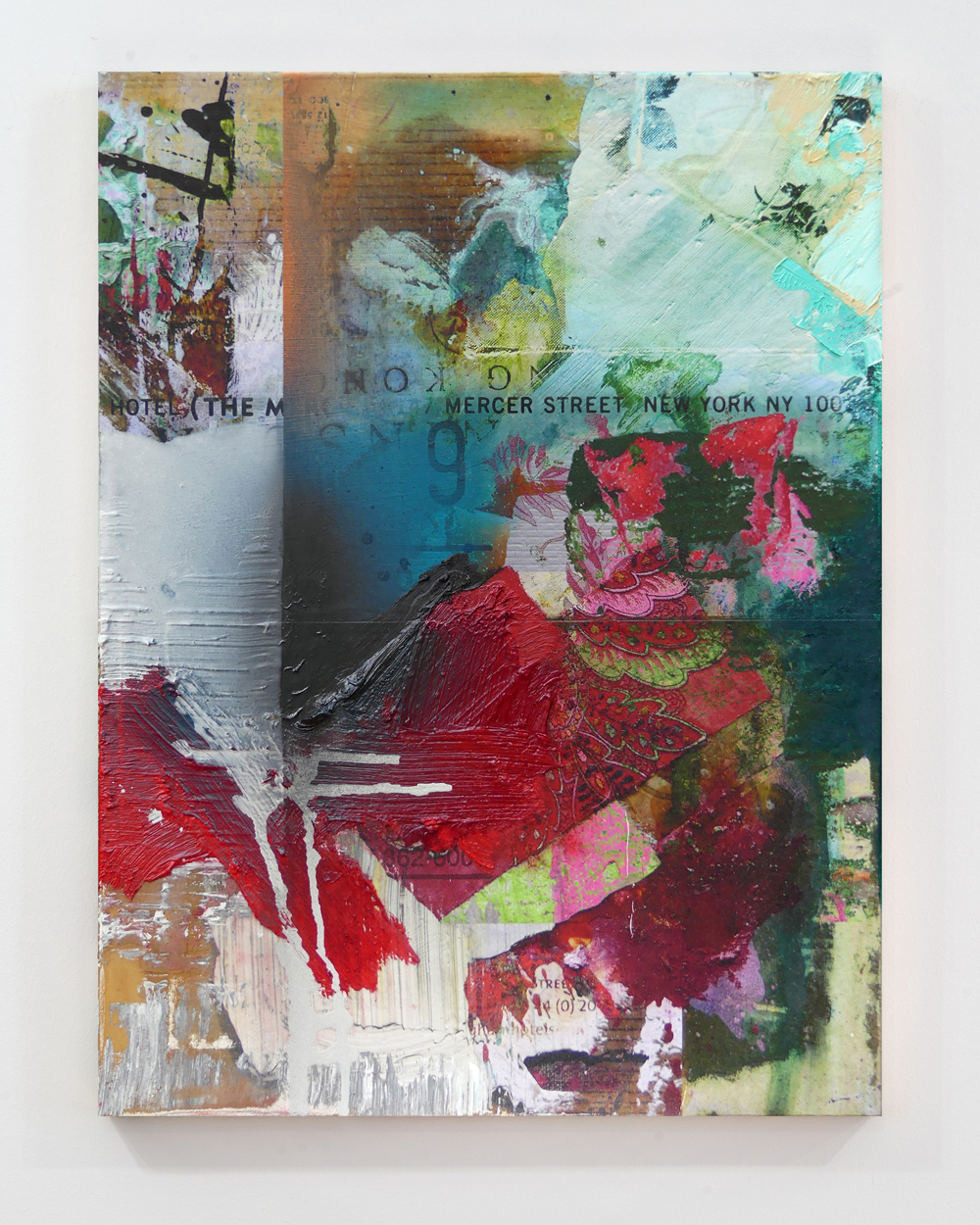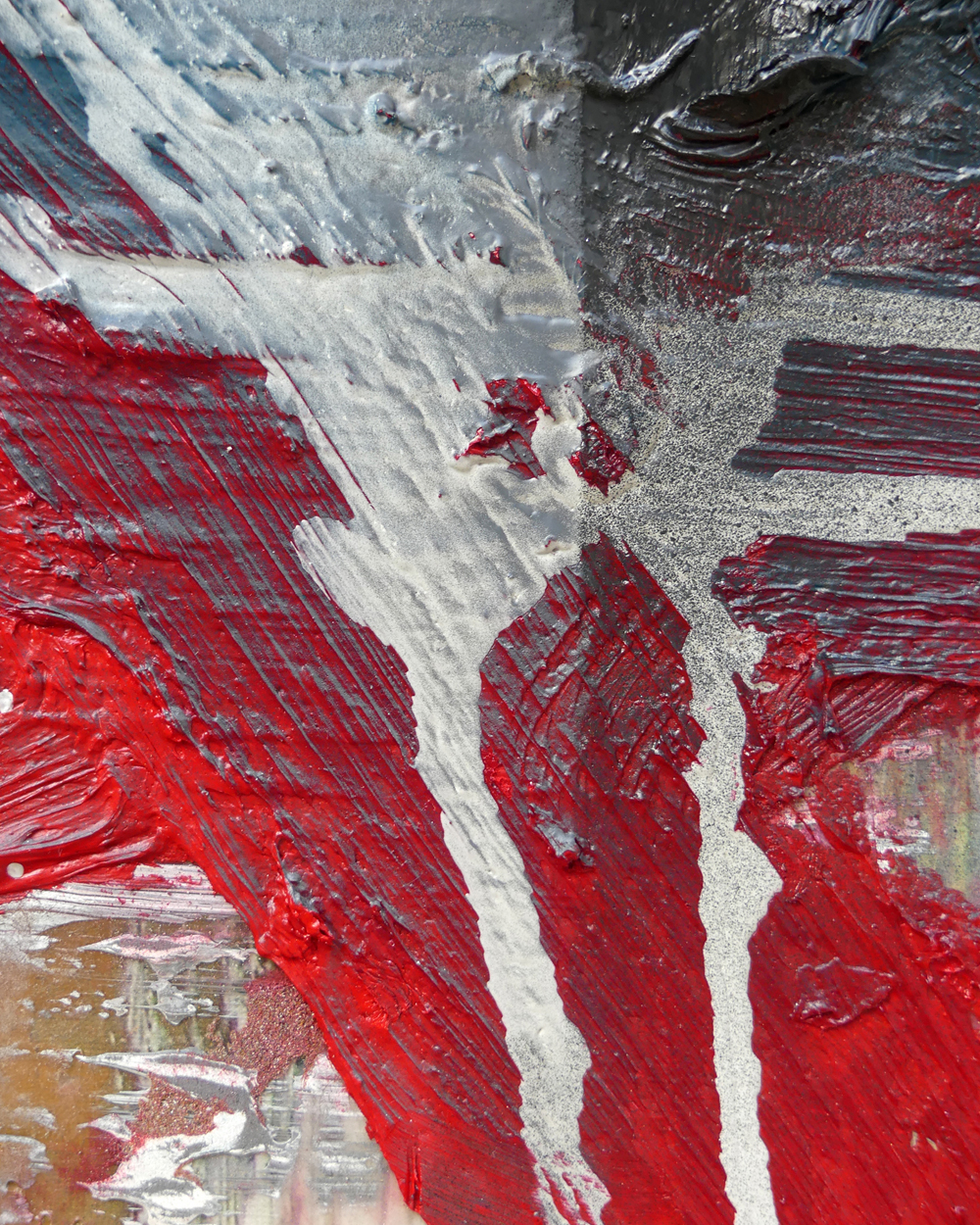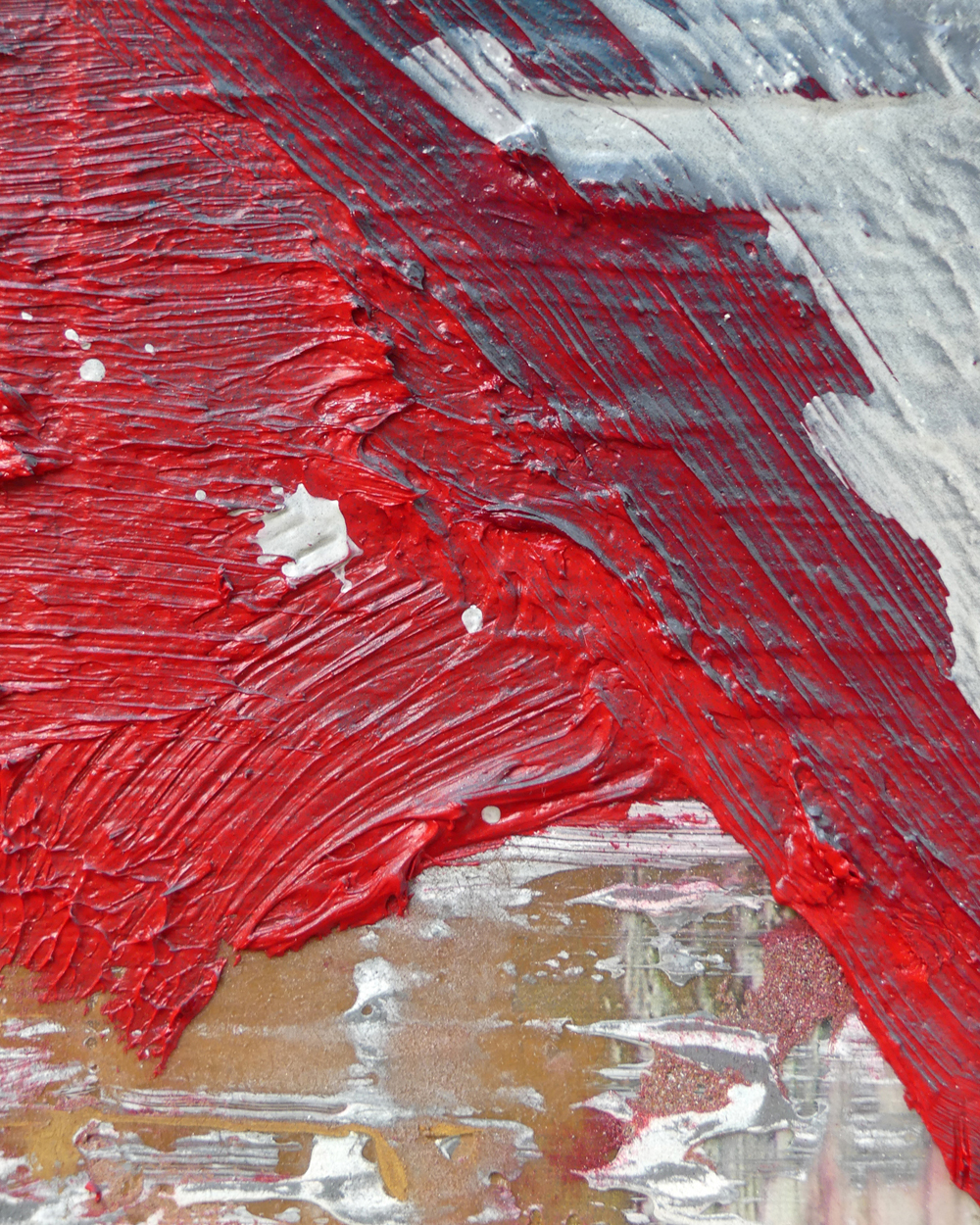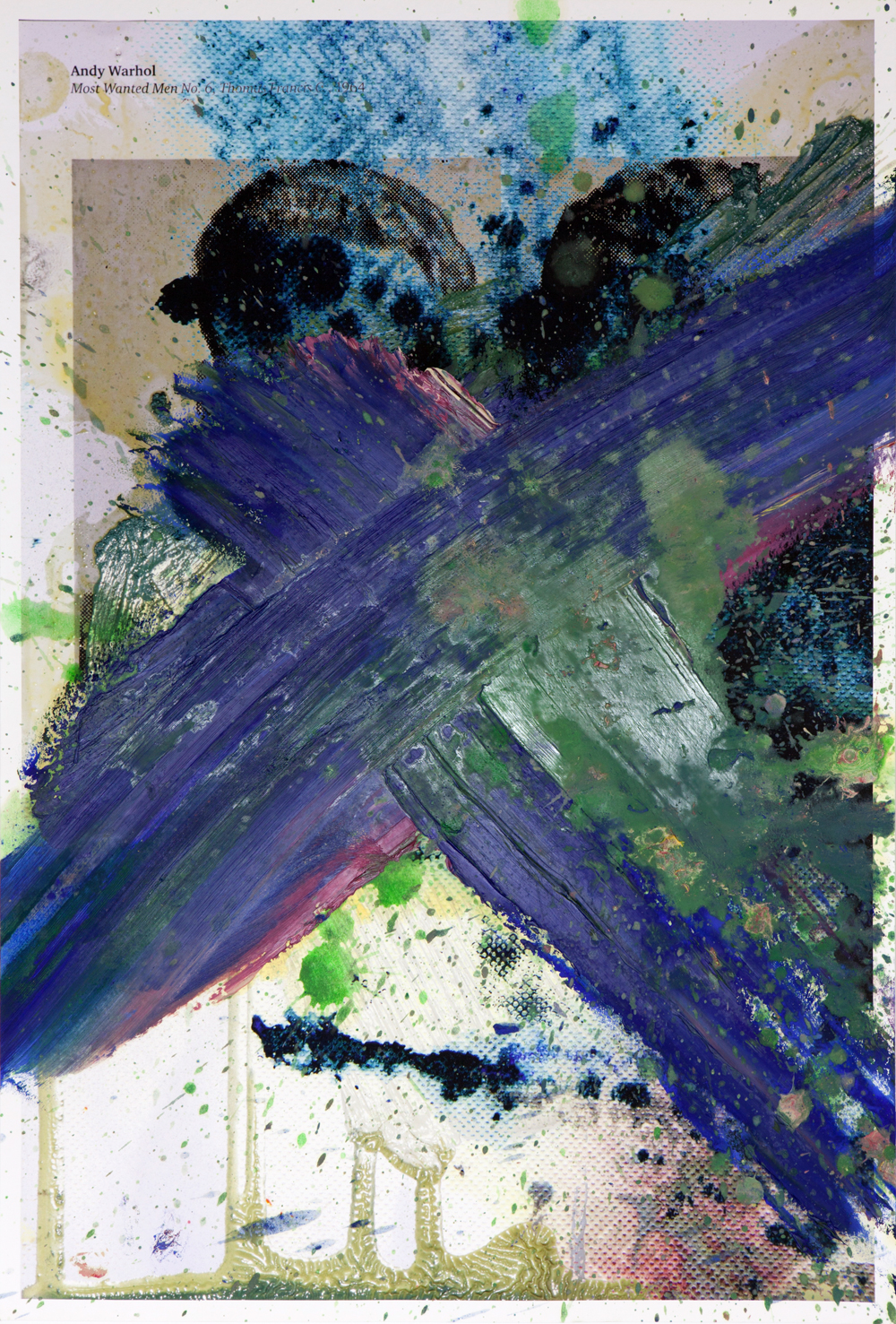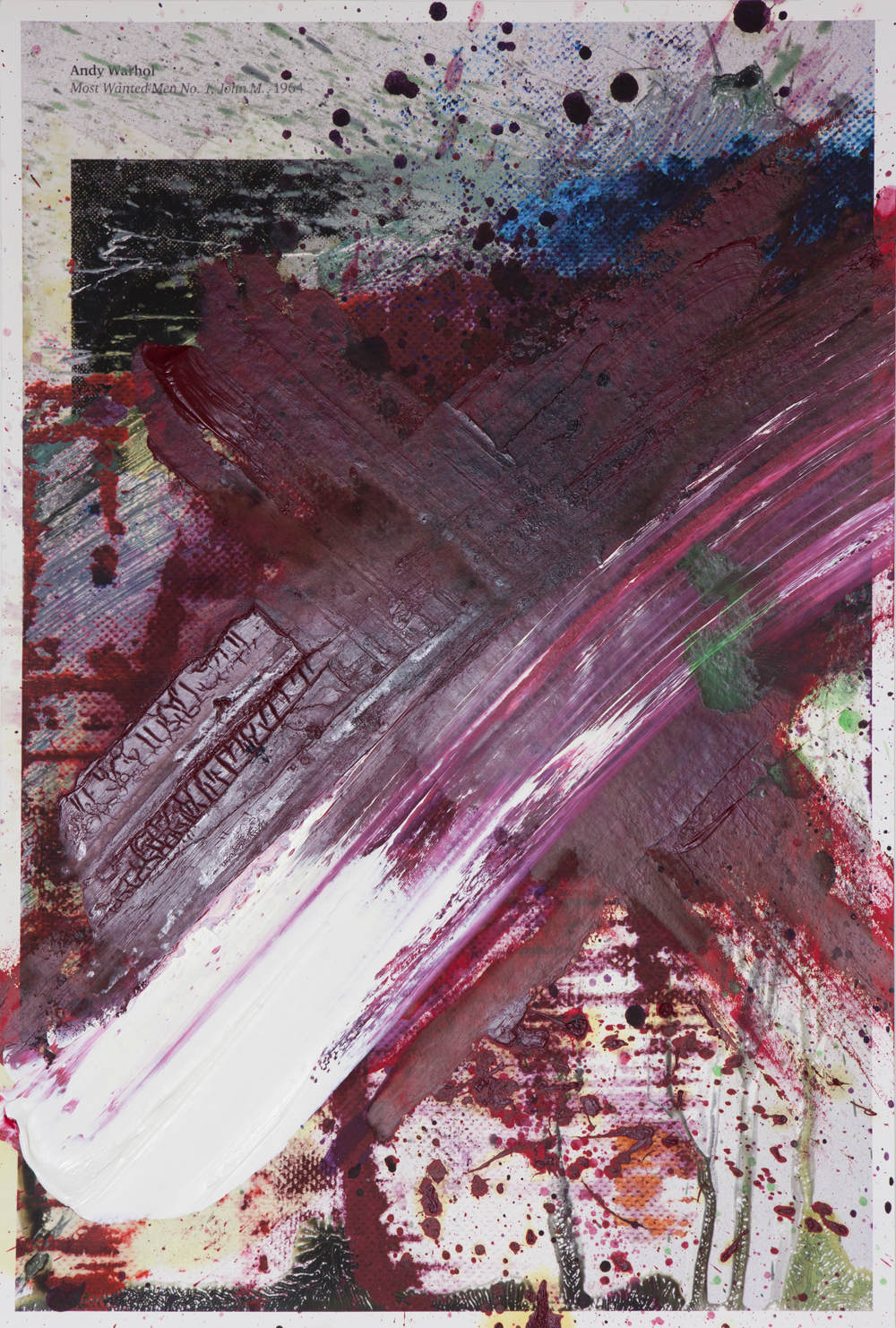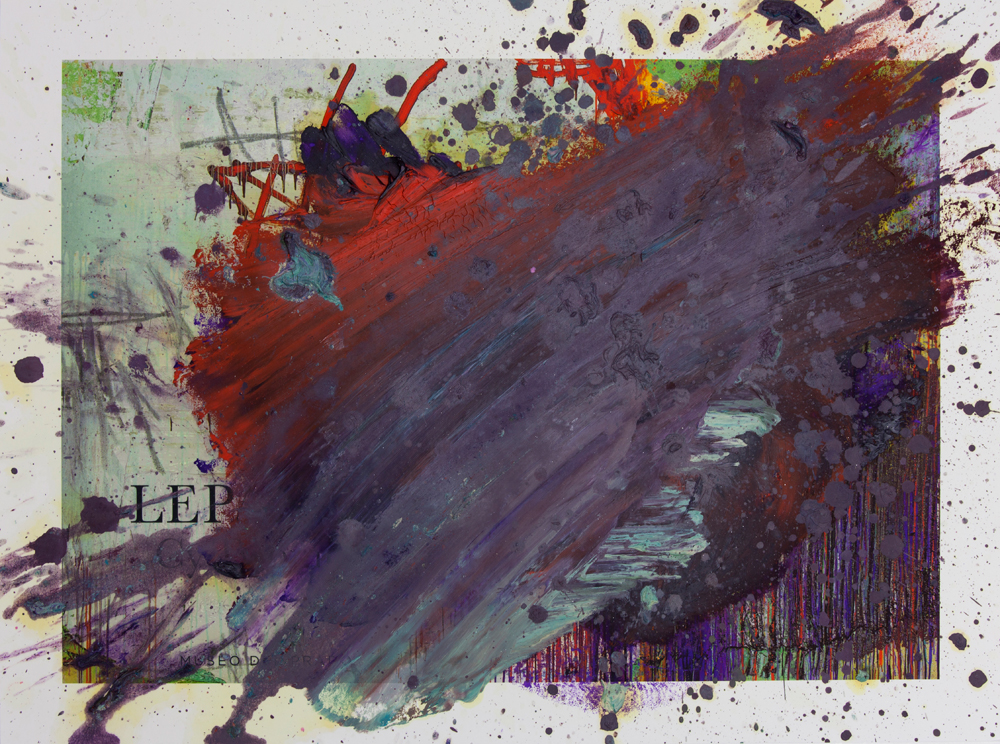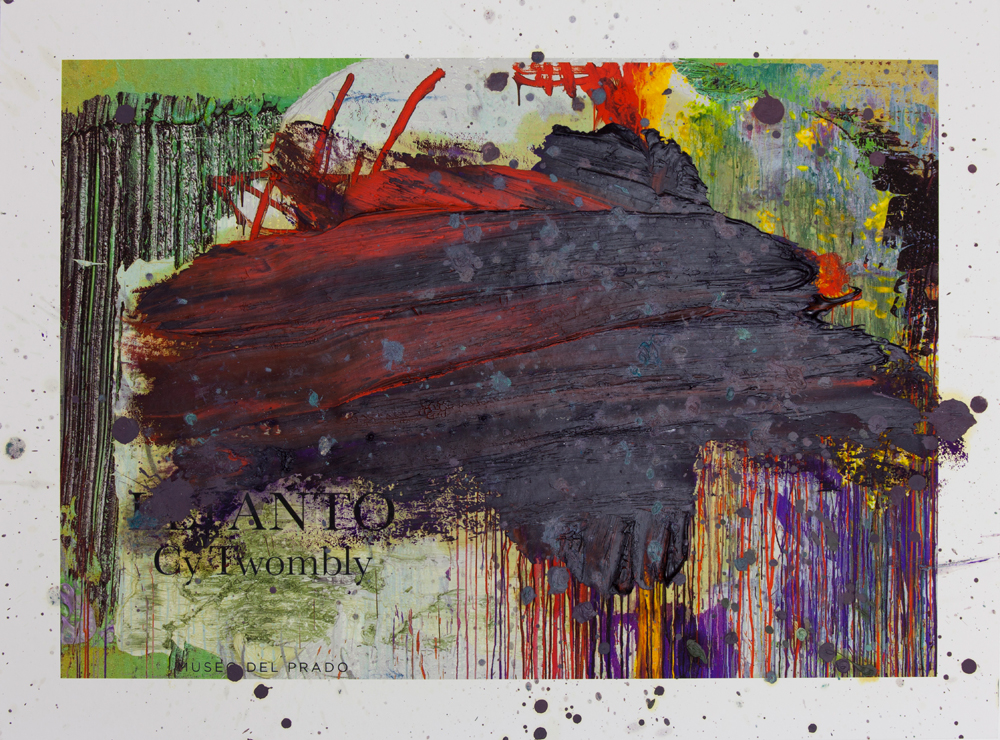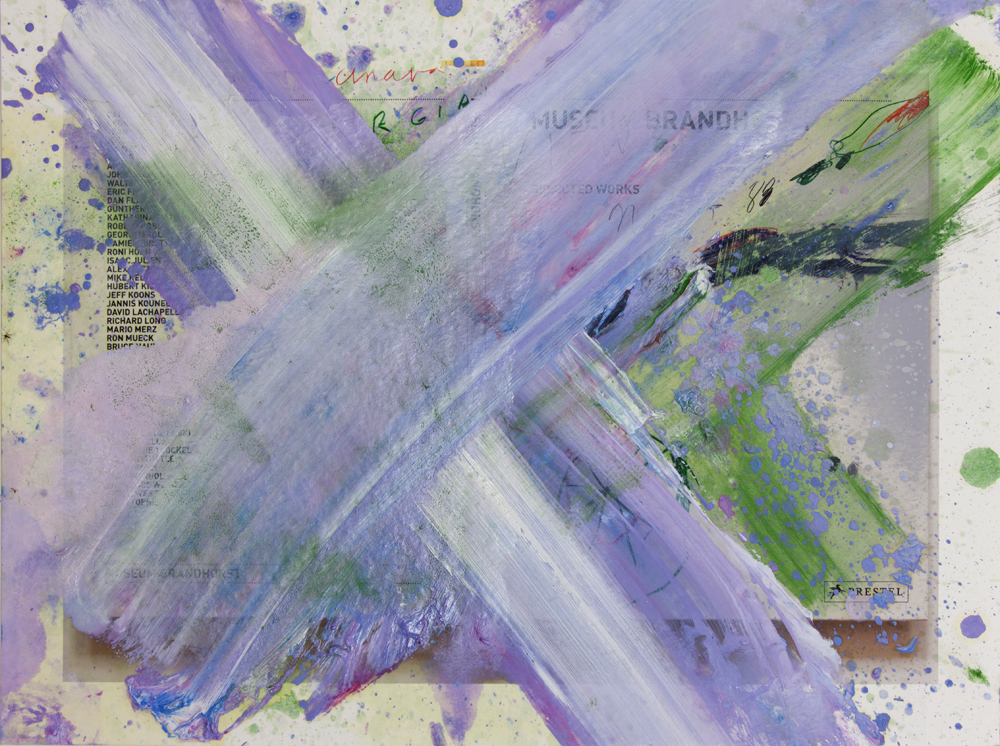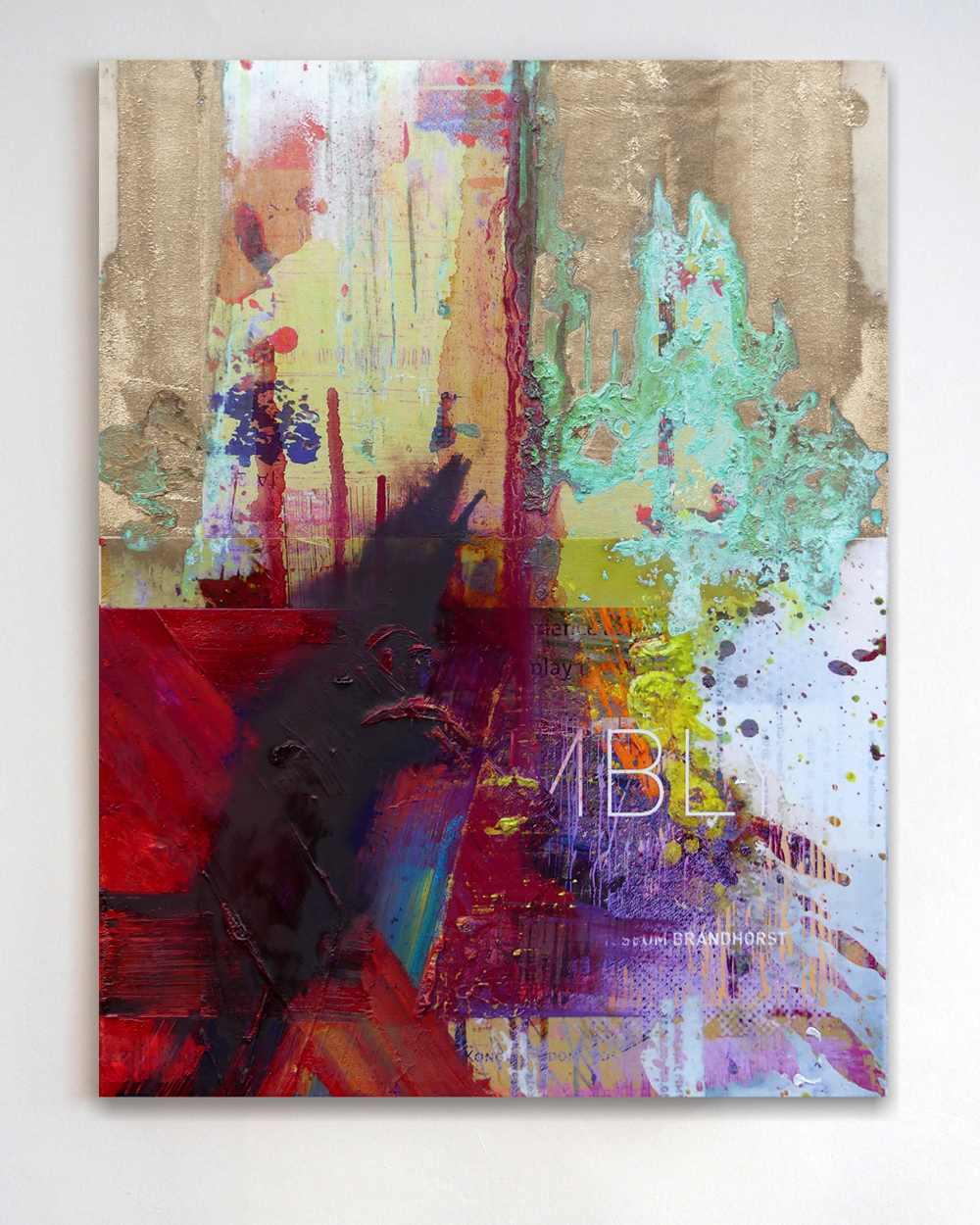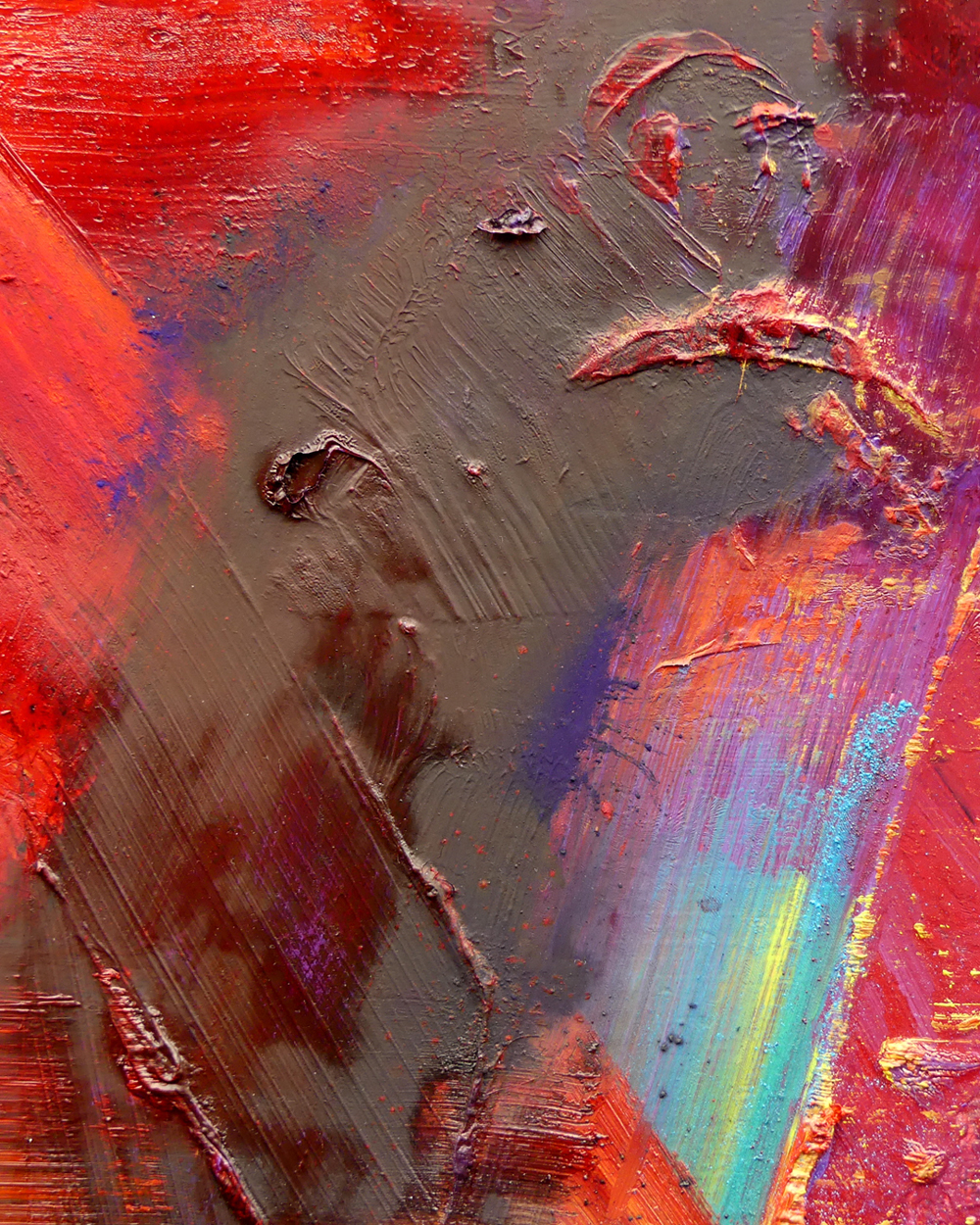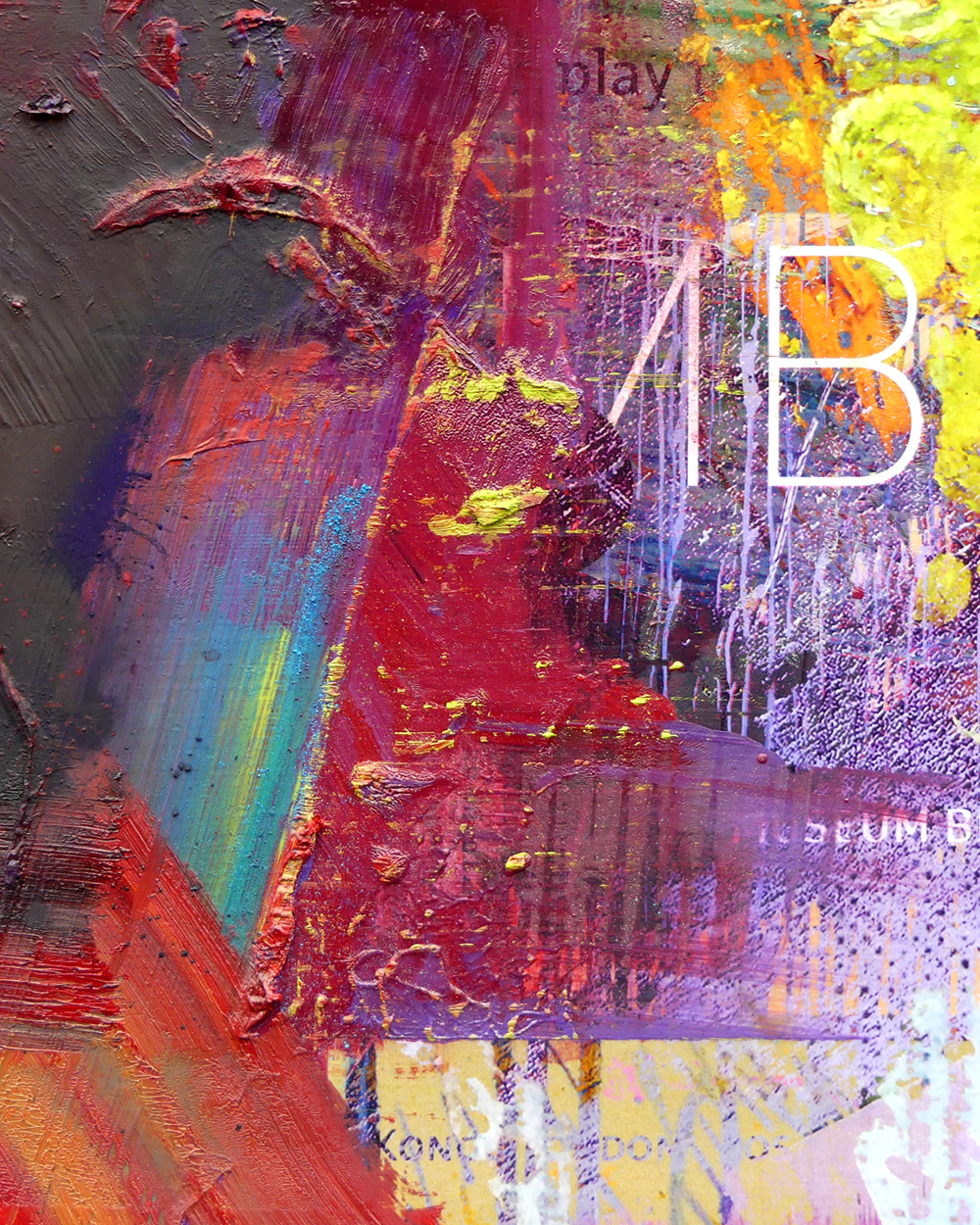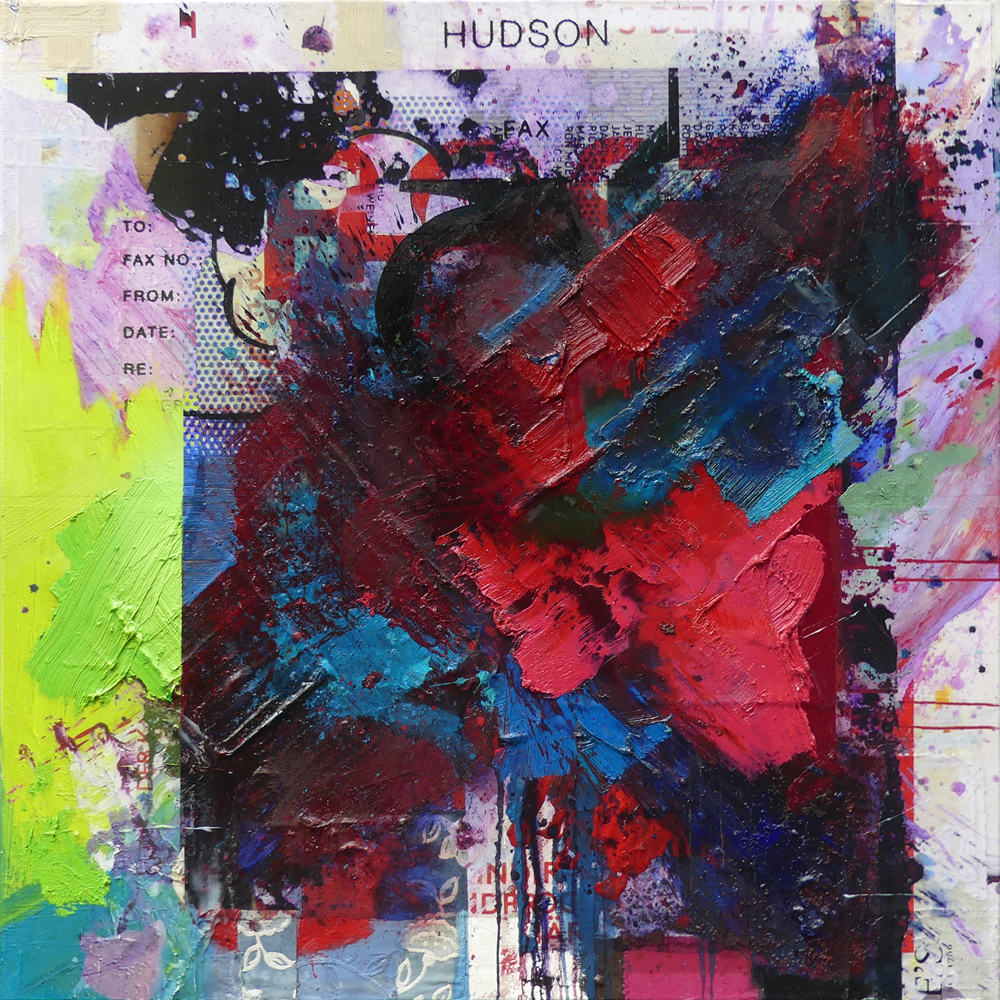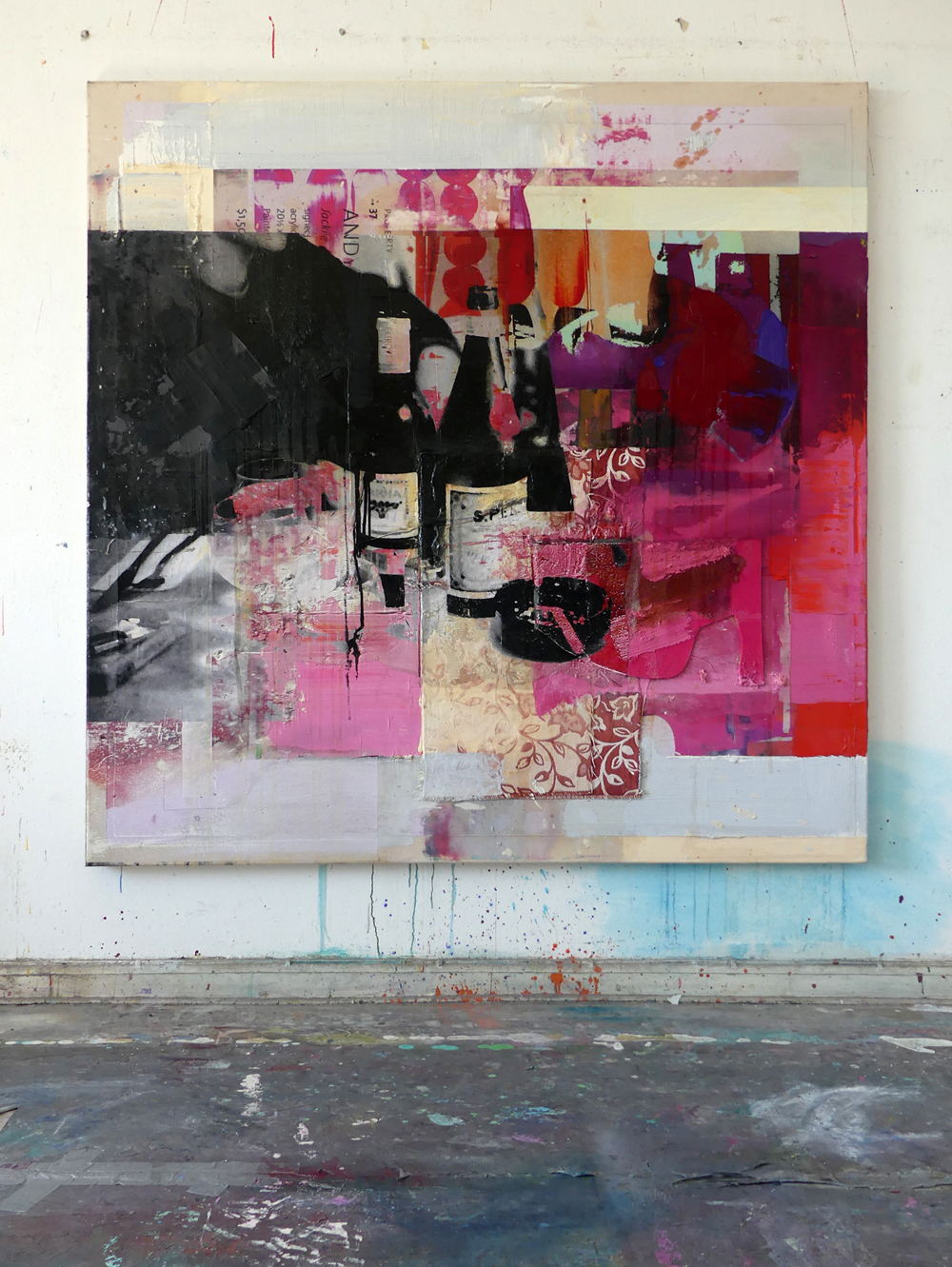In that sense it might be worth discussing Marten’s Institute for Human Activity in relation to the understanding of architecture that has come from that profession’s increased use of computational analytics. At its most superficial, this type of ‘parametric’ architecture is seen as a style that fetishes the biomorphic aesthetics made possible by the computerized mathematization of 3D design. But the most rigorous and profound iterations of computational design produce an approach to architecture that emerges from its situation, measuring pre-existing natural and social processes (even regardless of a binary distinction between the two) and then inflecting that environment with an architectural ‘program’ that is mathematically dependent on the measured parameters. Emerging from its landscape and algorithmically processed beyond human perception, such a program need not recognize a categorical distinction between figure and ground or subject and object, but rather produces an ontological entanglement between these categories. Exemplified by, for example, Patrik Schumacher’s Parametricism Manifesto for Zaha Hadid or by the work of Rem Koolhas’ OMA, computational architecture can make environmental interventions in the human and non-human processes that shape a landscape and thereby stands to concretize flows, undulations and movements of light, air, desire and capital. Whilst Matthew Poole’s research at CalArts addresses the political dangers of algorithmically designing social space in accordance with neoliberal capital, perhaps this approach to architecture is an appropriate way of understanding the Institute for Human Activity in that it allows an understanding of art-institutional consequences as emerging from and inflecting art’s environment.
This approach of accounting for the local structural effects of art might also be a useful way of evaluating, in an urban context, the often parallel effects of hipsters on a neighborhood. Whilst none of us actually admit to being one, the hipster embodies an anonymous and universally disavowed social movement of massive scale and global reach, remaking cities around the world so as to shape the urban environment with two-tier neighborhoods, eventually displacing often immigrant populations with the new migration of the cultural industries. The structural consequences of the hipster could be understood through the computational paradigm of architecture that emerges from and intervenes in its environment. And it is in this environment that both DIS and K-HOLE emerge and intervene, but rather than doing so in line with the hipster’s mainstreaming of connoisseurial counter-culture, both groups chart courses of connoisseurial resistance through the mainstream itself, reversing the trajectory of the hipster by fetishizing sameness rather than differentially elitist individualism. Whilst DIS does this by developing the distribution infrastructure for other artists to operate in the field of mass culture or through commercial processes, K-HOLE intervenes through writing. This work of lived appropriated literature is essentially a group writing project by which its authors negotiate their agency in relation to their day jobs, publishing their trend reports not as proprietary market research but as freely downloadable PDFs from khole.net. And the power of expanding rather than restricting the proliferation of their information has been demonstrated over the last two weeks as the ideas behind their latest report on ‘Youth Mode’ strategies of ‘Mass Indie’ has flowed well beyond their immediate art readership and into mainstream circulation.
But this is not an authored idea so much as an analysis that emerges from (and through a sensitivity to) their environment. Informed perhaps by the group’s close connections to the Berlin art scene, where artists have tended to dress in a far more understated way than in other art capitals, K-HOLE’s latest report analyses this self-conscious non-fashion as approaching a mastery of sameness and labels it ‘Acting Basic’. However the media take-up of this idea following an article in the New York Magazine has confused it with another of K-HOLE’s catchier terms and the idea has proliferated as ‘Normcore’, the switching of terms in circulation itself demonstrating the de-prioritization of authorship when inflecting ecology. Rather than restricting their practice to Contemporary Art’s fantasy space of autonomy, K-HOLE’s activity could be understood as more akin to the approach to architecture just discussed that comes from an analysis of the landscape informing the concretizing of a strategic intervention (in this case the theory of Acting Basic behind the term Normcore) to inflect the environment. As Joselit might point out, the buzz of re-blogging has replaced the aura of the singular artwork. K-HOLE do intuitively through writing what computational approaches to architecture might one day be sufficiently sophisticated to do systematically with mathematics. It may be too early to foresee any consequences for our urban environment but the horizon of this type of ecological intervention lies in how cities are continually remade and in the potential of de-differentiating two-tier neighborhoods by prioritizing connoisseurship of the mainstream rather than the mainstreaming of elite stratifications.
The artistic strategies sited here seem to me to share more with the legacy of the early, pre-Greenbergian stages of the modernist project than with what Joselit sees as the historical glitch of artistic autonomy. And herein might lie a way past the dead end that many artists now seem to face in Contemporary Art’s logic of critique. Derived from Conceptual Art, which was after all almost instantly institutionalized and academicized, “criticality” is now taught, learned, rehearsed and played out to create value – crucial in fact at the top end of the art market. Institutions of course require critique to maintain their moral authority. And so Contemporary Art is required to play its pretend politics within its institutional pockets of mock opposition. But rather than playing up to the fantasy of critical distance, the artistic practices sited here work through networked contingencies to produce communities and consequences that institute reality. Spectatorship here becomes only part of the materials of (and not the purpose of) art’s ecology of effects beyond the viewer’s interpretation.
So where does political agency lie when it’s rooted not in a fantasy of critical distance but in the actuality of ecological entanglement? Well the catastrophic failure of the Occupy movement to institute any structural consequences clarifies an entrenched problem for the political Left. Of course there is some value in solidarity but perhaps only if it can mobilize transformation. It seems to me far more realistic for this to happen by inflecting infrastructure to repurpose neoliberalism’s existing technology rather than resisting the technology of capitalism as the Left has tried to do in the past. So could a now stunted political imaginary be reinvigorated through the directed redeployment of emergent technology? A modest example of this can be seen in how music sampling technology, initially developed to streamline the industrialized recording of music, has since been used harder than intended to make music in a way that has undercut the power of major record labels. And, by way of a more current example, the social media platform 0. (nulpunt.nu), a project by Jonas Staal and Metahaven, now sets out to exploit new freedom of information laws (in ways unforeseen by legislators) by deploying networked technology toward government accountability.
But can art, as the ultimate benchmark of connoisseurial consumerism, really be mobilized to redirect networked flows of power, capital and desire? Benjamin Noys’ test for accelerating existing platforms establishes useful criteria by asking whether infrastructure is inflected in such a way as to go beyond the ‘sheath’ (or preexisting parameters) of the platform that is being repurposed (as with the above example of sampling technology in music). With this criteria in mind, how now might neoliberal hegemony be confronted through repurposing the institutions of commerce? Well it seems to me that this is the crucial political challenge for today’s artists working through commercial processes, with the possible horizon of accelerating consumption beyond the internal contradictions of capitalism’s most exploitative formations
by Christopher Kulendran Thomas
